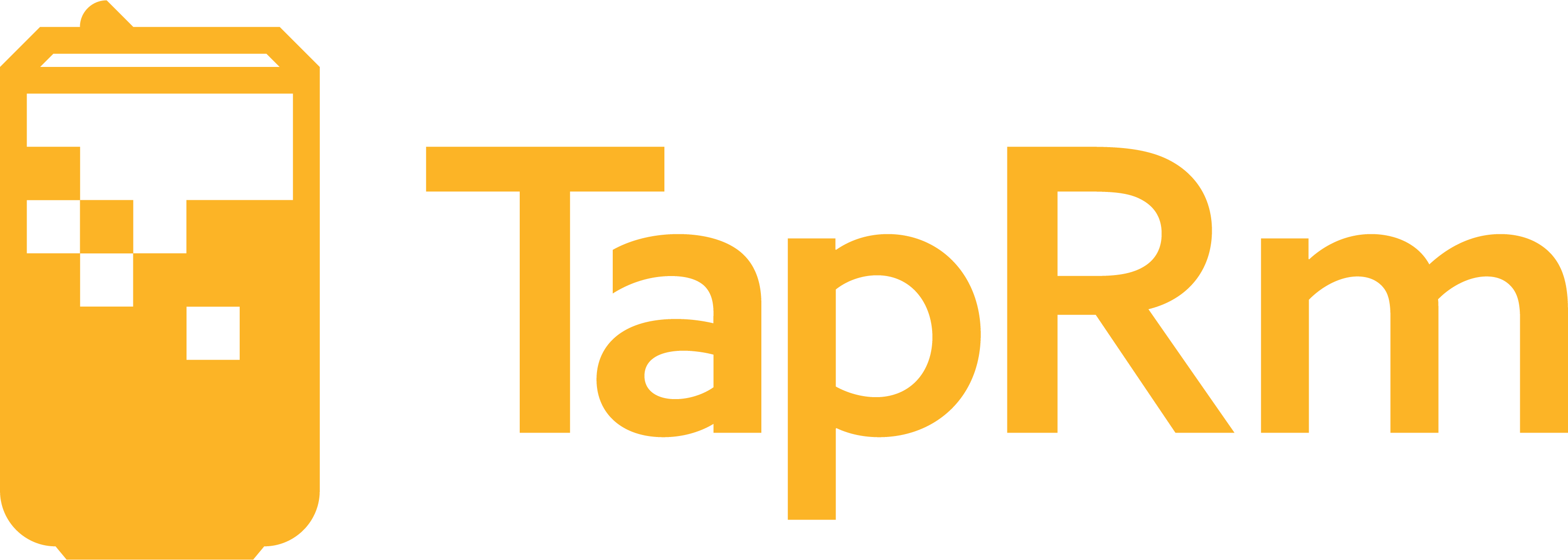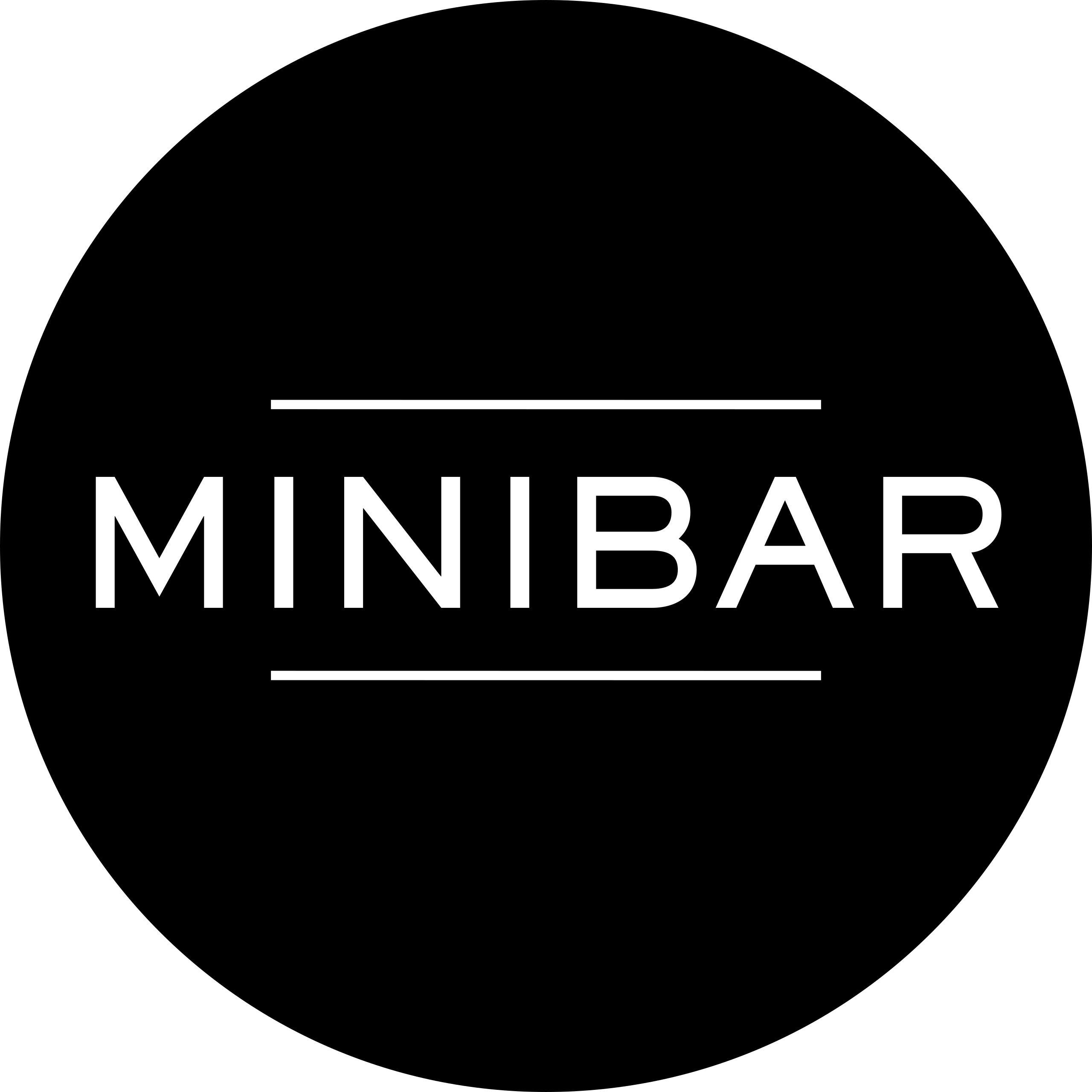How to Finally Lose Belly Fat: The Best Way for Lasting Results in 2025
In 2025, the pursuit of losing belly fat remains one of the most common health and fitness goals worldwide. As research continues to uncover the harmful effects of excess belly fat, it has become clear that reducing abdominal fat is not just about aesthetics—it’s a crucial step toward improving overall health. Belly fat, particularly visceral fat, which surrounds internal organs, has been linked to a higher risk of serious conditions such as heart disease, diabetes, and stroke. In fact, studies have shown that people with higher amounts of belly fat are at a significantly greater risk of developing these life-threatening health issues.
This growing awareness has sparked increased interest in finding the best way to lose belly fat for sustainable weight loss. For many people, targeting belly fat has become the key to achieving better health, higher energy levels, and a more toned physique. However, the journey to shedding stubborn abdominal fat is not always straightforward. The focus on belly fat loss is particularly relevant in 2025, as people increasingly recognize the importance of developing sustainable habits that can promote long-term health rather than relying on quick fixes that lead to yo-yo dieting and frustration.
One of the biggest challenges when it comes to losing belly fat is that it’s notoriously difficult to target specific areas of the body. People often face difficulties when trying to reduce fat in the belly area, even with rigorous exercise and strict diet plans. This is why it’s essential to find lasting solutions that combine effective fat-burning methods with lifestyle changes that can be maintained over time. With the right approach, achieving a leaner waistline is possible, and in this article, we’ll explore the best way to lose belly fat that will provide you with the tools for lasting success in 2025.
As Dr. Michael Mosley, a health expert and advocate of sustainable weight loss, states, “The best way to lose belly fat is to focus on making small, consistent changes to your diet, exercise, and lifestyle that can be maintained long-term. Quick fixes and crash diets may work temporarily, but they are rarely sustainable and can lead to rebound weight gain.”
In the following sections, we’ll dive deeper into the science behind belly fat, explore the best methods to lose belly fat, and discuss how to implement these strategies into your daily life for long-term results. By the end of this article, you’ll have a clear understanding of how to tackle belly fat effectively and transform your health and body in 2025.

Understanding the Science of Belly Fat: What Makes It So Stubborn?
When it comes to losing belly fat, understanding the science behind why it’s so stubborn is crucial for developing effective strategies. Belly fat is not just a cosmetic issue; it is deeply tied to various physiological processes in the body, including metabolism, hormone regulation, and fat storage. To truly understand how to target belly fat, it’s important to look at the different types of fat, the role of hormones, and how these factors contribute to the difficulty of losing belly fat.
The Different Types of Belly Fat: Visceral vs. Subcutaneous Fat
Not all belly fat is created equal. There are two main types of fat found in the abdominal region: visceral fat and subcutaneous fat.
-
Visceral Fat: This type of fat lies deep within the abdomen, surrounding vital organs like the liver, pancreas, and intestines. It is often referred to as “internal fat” and is considered much more dangerous than subcutaneous fat. Visceral fat is associated with an increased risk of chronic diseases such as heart disease, type 2 diabetes, and metabolic syndrome. It’s also more metabolically active, meaning it releases fatty acids and hormones that can interfere with the body’s normal metabolic processes.
-
Subcutaneous Fat: This is the fat that lies just beneath the skin and is the fat you can pinch on your belly. While it is still a risk factor for overall weight gain and health issues, subcutaneous fat is generally considered less harmful than visceral fat. However, excess subcutaneous fat can still contribute to a larger waistline and may make it more challenging to achieve a leaner appearance.
Understanding these types of fat is crucial for developing the best way to lose belly fat because visceral fat, being more metabolically active, requires a more targeted approach, such as diet, exercise, and lifestyle changes that specifically address fat-burning mechanisms.
The Role of Hormones, Stress, and Genetics in Belly Fat Accumulation
Belly fat is heavily influenced by hormonal imbalances, stress, and genetics. Let’s break down how each of these factors contributes to the accumulation of belly fat:
-
Hormonal Imbalances: Hormones play a key role in fat storage and fat burning. For example, insulin, a hormone that regulates blood sugar levels, can lead to fat storage, especially when insulin resistance occurs. Elevated levels of insulin can cause the body to store more fat, particularly in the abdominal area. Cortisol, the stress hormone, is another key player. When cortisol levels are high due to chronic stress, it can lead to the accumulation of visceral fat. Similarly, estrogen imbalances in women, especially during menopause, can shift fat storage toward the abdominal area.
-
Stress: Chronic stress not only elevates cortisol levels but can also lead to emotional eating and cravings for high-calorie, unhealthy foods. Stress-induced eating often leads to an increase in calorie consumption, which contributes to belly fat accumulation. High levels of cortisol can also disrupt the body’s ability to burn fat efficiently.
-
Genetics: Genetics also play a significant role in where your body tends to store fat. Some people are genetically predisposed to store more fat around their abdominal area, while others may carry fat in their hips or thighs. Even with a healthy diet and regular exercise, genetics can make it more challenging to lose belly fat for some individuals. However, lifestyle changes, particularly around diet and exercise, can still make a significant impact.
How Targeting Belly Fat Specifically Is Different from Overall Weight Loss
Losing belly fat is different from general weight loss because the belly area, particularly visceral fat, requires targeted strategies. While overall weight loss typically leads to fat loss from all areas of the body, belly fat is often more resistant and takes longer to reduce. This is because visceral fat is influenced by different biological processes and can be more stubborn than subcutaneous fat.
To lose belly fat effectively, it’s essential to adopt a multi-faceted approach that targets both the reduction of overall body fat and the specific mechanisms that contribute to belly fat. This includes dietary adjustments, specific exercises that engage the core and abdomen, and lifestyle changes that reduce cortisol levels and improve metabolism.
Studies have shown that focusing on reducing visceral fat—through regular physical activity, a balanced diet, and managing stress—can have a significant impact on not just appearance but also health. According to Dr. Robert H. Eckel, an expert in obesity and metabolism, “Focusing on reducing visceral fat is key to improving heart health, insulin sensitivity, and overall well-being.”
The Best Way to Lose Belly Fat in 2025: Combining Diet, Exercise, and Lifestyle Changes
Losing belly fat in 2025 requires a holistic approach that combines diet, exercise, and lifestyle changes. Simply focusing on one of these factors won’t yield lasting results. To achieve belly fat loss, it’s crucial to adopt a balanced and sustainable strategy that addresses various aspects of health. In this section, we’ll explore how the right dietary habits, exercise routines, and lifestyle modifications work together to help you target belly fat effectively.
The Role of Diet in Belly Fat Loss: Fat-Burning Foods for 2025
The best way to lose belly fat begins with a healthy, nutrient-dense diet that supports fat burning and promotes overall health. In 2025, the emphasis is on incorporating whole, minimally processed foods that provide the body with essential nutrients while helping regulate metabolism. Here’s how a balanced diet supports belly fat loss:
-
Fat-Burning Foods: Certain foods, such as leafy greens, lean proteins, and healthy fats, work to boost metabolism and promote fat oxidation. Protein-rich foods, like chicken, fish, and legumes, are essential for preserving muscle mass while burning fat. Consuming healthy fats, such as those found in avocados, nuts, and olive oil, helps regulate hormones that control fat storage.
-
Fiber-Rich Foods: Foods high in fiber, such as vegetables, fruits, and whole grains, help with digestion and keep you feeling fuller for longer, reducing the likelihood of overeating. Fiber also helps stabilize blood sugar levels, preventing insulin spikes that contribute to belly fat accumulation.
-
Limit Processed Sugars and Refined Carbs: One of the most effective ways to target belly fat is by cutting back on processed sugars and refined carbohydrates, which contribute to fat storage, particularly in the abdominal area. Reducing your intake of sugary snacks, white bread, and sodas helps decrease belly fat and improves overall metabolic health.
-
Meal Timing and Portion Control: While the quality of your food matters, how and when you eat also plays a role in belly fat loss. Eating smaller, balanced meals throughout the day rather than consuming large meals at once can help regulate blood sugar levels and prevent overeating. Additionally, incorporating intermittent fasting—a method where you limit eating to certain windows of time—has been shown to accelerate fat burning and improve insulin sensitivity.
The Role of Exercise in Belly Fat Loss: Combining Cardio and Strength Training
Exercise is a critical component of the best way to lose belly fat. The right combination of cardiovascular exercises and strength training can help burn fat, increase muscle mass, and improve metabolism. Here’s how exercise specifically targets belly fat:
-
Cardiovascular Exercise: Cardiovascular activities, such as running, cycling, swimming, or brisk walking, elevate the heart rate and help burn calories. In 2025, high-intensity interval training (HIIT) has become a popular method for burning fat quickly. HIIT involves short bursts of intense activity followed by brief periods of rest, which has been shown to burn more fat in less time than traditional steady-state cardio.
-
Strength Training: Strength training, or resistance training, is essential for preserving and building muscle mass. More muscle means a higher metabolism, which helps the body burn fat more efficiently. Focus on compound movements like squats, lunges, deadlifts, and push-ups to engage multiple muscle groups and maximize fat burning.
-
Core Exercises for Belly Fat: While you cannot spot-reduce fat from specific areas, exercises that target the core can help strengthen and tone the abdominal muscles. Planks, crunches, and leg raises are effective exercises that can improve muscle definition in the belly area and support overall fat loss.
-
Consistency is Key: For long-term belly fat loss, consistency in your exercise routine is crucial. Aim for a balanced exercise program that includes at least 150 minutes of moderate-intensity aerobic activity or 75 minutes of vigorous-intensity exercise each week, in addition to two or more strength training sessions per week.
Lifestyle Changes to Support Belly Fat Loss: Stress, Sleep, and Hydration
In addition to diet and exercise, lifestyle changes are fundamental to achieving lasting belly fat loss. Small adjustments to daily habits can make a significant impact on fat-burning efficiency and overall health. Here’s how lifestyle factors contribute to belly fat reduction:
-
Stress Management: Chronic stress increases the production of cortisol, a hormone that promotes fat storage, particularly in the belly. Managing stress through practices like meditation, yoga, or deep breathing exercises can help reduce cortisol levels and prevent stress-related belly fat accumulation. Mindfulness and relaxation techniques are essential for supporting your body’s natural fat-burning processes.
-
Quality Sleep: Sleep is an often-overlooked factor in belly fat loss. Research shows that inadequate sleep disrupts hunger-regulating hormones, leading to overeating and weight gain. Furthermore, poor sleep affects the body’s ability to burn fat efficiently. Aim for 7-9 hours of quality sleep each night to support your metabolism, regulate hunger, and prevent weight gain. Establish a consistent sleep schedule, avoid screens before bedtime, and create a restful environment to improve sleep quality.
-
Hydration: Staying hydrated is crucial for overall health and fat metabolism. Water supports digestion, helps reduce bloating, and plays a role in regulating metabolism. Drinking water before meals can also reduce hunger and prevent overeating. In 2025, many people are turning to water-infused with herbs or citrus for added flavor and fat-burning benefits.
Proven Fat-Burning Foods and Nutrients for Belly Fat Loss
When it comes to losing belly fat, diet plays a pivotal role. While no single food will magically melt away belly fat, certain foods can significantly accelerate fat burning and support overall fat loss. To achieve lasting belly fat loss, it’s essential to focus on foods that are rich in fat-burning nutrients like protein, fiber, healthy fats, and antioxidants. Below, we’ll explore some of the most effective fat-burning foods and the nutrients they contain to help you achieve your goal of a leaner, healthier waistline.
1. Leafy Greens
Leafy greens such as spinach, kale, arugula, and Swiss chard are among the best foods for belly fat loss. These vegetables are incredibly nutrient-dense, low in calories, and packed with fiber, which helps with digestion, reduces bloating, and keeps you feeling full for longer.
High fiber intake is directly linked to a reduction in belly fat, as it helps stabilize blood sugar levels and promotes fat burning. Moreover, leafy greens are rich in magnesium, a mineral that supports healthy metabolic function and may aid in fat burning. Studies have shown that higher magnesium levels are associated with reduced abdominal fat.
How to Use: Incorporate leafy greens into salads, smoothies, or as a side dish to your main meals. The more you eat, the better your digestion, and the easier it will be to shed belly fat.
2. Avocados
Avocados are an excellent source of monounsaturated fats, which are known for promoting heart health and reducing belly fat. These healthy fats help regulate hormones that control fat storage and reduce inflammation in the body, particularly in the abdominal area. Avocados are also high in fiber, which supports digestion and keeps you feeling fuller for longer, making them an ideal food for controlling calorie intake and preventing overeating.
Additionally, avocados are rich in potassium, which helps maintain a healthy balance of fluids in the body and may reduce bloating, giving your belly a flatter appearance.
How to Use: Add avocado to salads, spread it on whole-grain toast, or blend it into smoothies for a creamy texture. Enjoying half an avocado per day can provide enough healthy fats to support fat-burning without overloading on calories.
3. Greek Yogurt
Greek yogurt is a protein powerhouse that is essential for belly fat loss. The high protein content in Greek yogurt helps preserve lean muscle mass while promoting fat burning. Protein also increases the thermic effect of food (TEF), which is the energy your body uses to digest food. This means that the higher the protein intake, the more calories your body will burn during digestion.
Greek yogurt also contains probiotics, beneficial bacteria that support gut health. A healthy gut is crucial for weight management, as an imbalanced microbiome can lead to poor digestion, bloating, and weight gain.
How to Use: Opt for plain, unsweetened Greek yogurt to avoid excess sugar. Add berries, chia seeds, or a drizzle of honey to enhance flavor and enjoy a filling snack or breakfast.
4. Berries
Berries, such as strawberries, blueberries, raspberries, and blackberries, are loaded with antioxidants, particularly anthocyanins, which have been shown to help reduce belly fat. Antioxidants fight inflammation and oxidative stress in the body, which can hinder the fat-burning process.
Berries are also high in fiber and low in calories, making them an ideal snack for reducing hunger and improving digestion. Their high vitamin C content is also beneficial for fat loss, as it helps the body produce carnitine, a molecule that transports fatty acids into cells to be burned for energy.
How to Use: Add berries to smoothies, yogurt, oatmeal, or salads. They can also be enjoyed as a refreshing snack or used in homemade desserts.
5. Nuts and Seeds
Nuts and seeds are nutrient-dense foods that provide healthy fats, protein, and fiber—all of which contribute to belly fat loss. Foods like almonds, walnuts, chia seeds, and flaxseeds can help keep you feeling satisfied, preventing overeating and stabilizing blood sugar levels.
In addition to promoting satiety, nuts and seeds contain omega-3 fatty acids, which are known for reducing inflammation in the body and supporting fat metabolism. Studies suggest that regular nut consumption may help reduce belly fat by increasing calorie burn and improving fat oxidation.
How to Use: Snack on a small handful of nuts (about 1 ounce) or sprinkle chia seeds or flaxseeds on your yogurt, smoothies, or salads for a crunchy texture and added nutrients.
6. Citrus Fruits
Citrus fruits, such as oranges, lemons, grapefruits, and limes, are rich in vitamin C, an essential nutrient that plays a crucial role in fat-burning processes. Vitamin C helps the body produce carnitine, which transports fat into cells to be burned for energy. Additionally, citrus fruits are low in calories and packed with water, making them ideal for hydration and reducing bloating.
Studies have shown that individuals who consume grapefruit regularly experience a reduction in visceral fat, the harmful fat that surrounds internal organs and is linked to increased health risks.
How to Use: Start your day with a glass of fresh orange juice or lemon water, or add citrus fruits to salads and smoothies for an added burst of flavor and fat-burning benefits.
7. Green Tea
Green tea is one of the most well-known fat-burning foods due to its high content of catechins, particularly epigallocatechin gallate (EGCG), which has been shown to increase fat oxidation and boost metabolism. The caffeine content in green tea also provides a mild energy boost and may suppress appetite, helping you consume fewer calories throughout the day.
Studies published in the American Journal of Clinical Nutrition have demonstrated that drinking green tea regularly can help reduce abdominal fat and promote overall fat loss.
How to Use: Drink 1-2 cups of green tea daily, either in the morning to jumpstart your metabolism or post-workout to boost fat burning.

Effective Exercise Routines to Target Belly Fat
When it comes to losing belly fat, exercise is a key component that complements a healthy diet. The best way to lose belly fat involves a combination of cardiovascular exercises, strength training, and high-intensity interval training (HIIT). These forms of exercise work together to burn calories, build muscle, and specifically target stubborn abdominal fat. In this section, we’ll explore effective exercise routines that can help you achieve lasting belly fat loss in 2025.
1. Cardiovascular Exercise: The Foundation of Fat Loss
Cardiovascular exercises, also known as aerobic exercises, are essential for burning calories and improving heart health. Cardio helps you create a calorie deficit, which is necessary for fat loss, including belly fat. The key is consistency—engaging in moderate-intensity aerobic exercise for at least 150 minutes per week, as recommended by health experts, will support your goal of reducing abdominal fat.
Common cardio exercises that are effective for belly fat loss include:
- Running or Jogging: One of the most straightforward and effective ways to burn calories and improve cardiovascular health.
- Cycling: Whether outdoors or on a stationary bike, cycling is a great way to engage your lower body and burn fat.
- Swimming: A full-body workout that combines cardiovascular endurance with resistance training, which helps reduce overall body fat.
- Brisk Walking: For those just starting, walking can be an effective low-impact cardio exercise that helps burn belly fat.
How to Use: Aim for at least 30 minutes of cardio most days of the week. You can mix different forms of cardio for variety and to keep your routine enjoyable.
2. Strength Training: Building Muscle for Faster Fat Loss
Strength training, or resistance training, is crucial for building lean muscle mass, which increases metabolism and helps the body burn more calories, even at rest. Muscle mass is key to achieving long-term belly fat loss, as it boosts the thermic effect of food (TEF)—the energy your body expends to digest food. Strength training also helps prevent the loss of muscle during weight loss, ensuring that most of the weight lost comes from fat.
Effective strength training exercises include:
- Squats: A compound movement that targets the lower body and core, helping to build muscle and burn calories.
- Lunges: These work your legs, glutes, and core, providing a full-body workout that supports fat loss.
- Deadlifts: A powerful exercise that targets the back, legs, and core, helping to increase metabolism.
- Push-ups and Pull-ups: These upper-body exercises engage the core and build muscle, leading to a more toned midsection.
How to Use: Incorporate strength training into your routine at least 2-3 times per week. Focus on compound movements that work multiple muscle groups to maximize calorie burn.
3. High-Intensity Interval Training (HIIT): Fat-Burning Efficiency
HIIT has gained popularity in recent years as one of the most effective methods for fat burning, especially for belly fat loss. HIIT involves alternating between short bursts of intense activity and brief periods of rest or low-intensity activity. This style of training helps burn a high number of calories in a short amount of time, boosts metabolism, and continues to burn fat even after the workout is finished—this is known as the afterburn effect.
Examples of HIIT exercises include:
- Burpees: A full-body exercise that engages the core and burns a significant number of calories.
- Jumping Jacks: A simple but effective way to get your heart rate up and burn fat.
- Mountain Climbers: These target the core, shoulders, and legs, offering both cardiovascular and strength benefits.
- Sprints: Short, intense running intervals followed by a brief rest period.
How to Use: Perform HIIT sessions 2-3 times per week, with each session lasting 20-30 minutes. Be sure to include both high-intensity exercises and adequate rest periods to allow your body to recover and maximize fat burning.
4. Core Exercises: Strengthening the Abdominal Muscles
While you cannot spot-reduce fat from the belly area, strengthening the abdominal muscles can help tone the region and improve overall body composition. Core exercises play a vital role in improving posture, building muscle, and supporting fat loss. The key is to incorporate these exercises alongside a balanced diet and overall fitness routine.
Effective core exercises include:
- Planks: A great isometric exercise that engages the entire core, helping to strengthen the abdominal muscles and improve stability.
- Leg Raises: These target the lower abs and help build muscle in the abdominal region.
- Russian Twists: A rotational exercise that targets the obliques and helps define the sides of the abdomen.
- Bicycle Crunches: This movement engages both the upper and lower abs, providing a great workout for the whole core.
How to Use: Add core exercises to your workout routine 2-3 times per week, focusing on exercises that target different parts of the abdomen. Combine these exercises with cardio and strength training for optimal results.
5. Consistency and Rest: Key Components of Success
Consistency in your workout routine is crucial for achieving belly fat loss. However, rest and recovery are just as important. Overworking your body without adequate recovery can lead to injury, burnout, and slow progress. Make sure to schedule rest days to allow your muscles to repair and your body to recover.
Additionally, focus on progressively increasing the intensity and duration of your workouts to avoid plateaus and continue making progress toward lasting belly fat loss.
How to Use: Aim for a balanced fitness plan that includes a mix of cardio, strength training, and core exercises, while also giving your body time to recover. Over time, increase the intensity of your workouts to continue challenging your body and boosting fat-burning potential.
Conclusion: Sustainable Strategies for Long-Term Belly Fat Loss in 2025
Achieving belly fat loss in 2025 requires a comprehensive and sustainable approach that combines the right diet, exercise, and lifestyle habits. The best way to lose belly fat is not through quick fixes or extreme measures but through consistent, long-term strategies that promote overall health while targeting abdominal fat. By incorporating fat-burning foods, engaging in regular exercise routines, and making mindful lifestyle changes, you can achieve lasting results and transform your waistline in a healthy way.
As we’ve discussed, a balanced diet rich in fat-burning foods, such as leafy greens, avocados, Greek yogurt, and berries, is crucial for fueling your body with the nutrients it needs to burn fat effectively. Strength training, cardiovascular exercises, and HIIT can help accelerate fat burning, build muscle, and increase metabolism, while stress management, quality sleep, and hydration support your body’s natural fat-burning processes. Combining all of these elements into a consistent routine is the best way to lose belly fat in 2025.
The journey to belly fat loss is unique for everyone, and it requires patience and dedication. By focusing on making small, sustainable changes to your diet and exercise habits, you can achieve your weight loss goals without the frustration of fad diets or extreme regimens. Remember, consistency is key, and when you combine the right foods, exercise routines, and lifestyle changes, the results will follow.
In summary, achieving a leaner, healthier waistline is possible in 2025 with the best way to lose belly fat. By committing to a balanced approach that includes nutritious foods, effective exercise, and mindful lifestyle habits, you’ll be on your way to not only shedding belly fat but also improving your overall health and quality of life.
Latest Posts:

